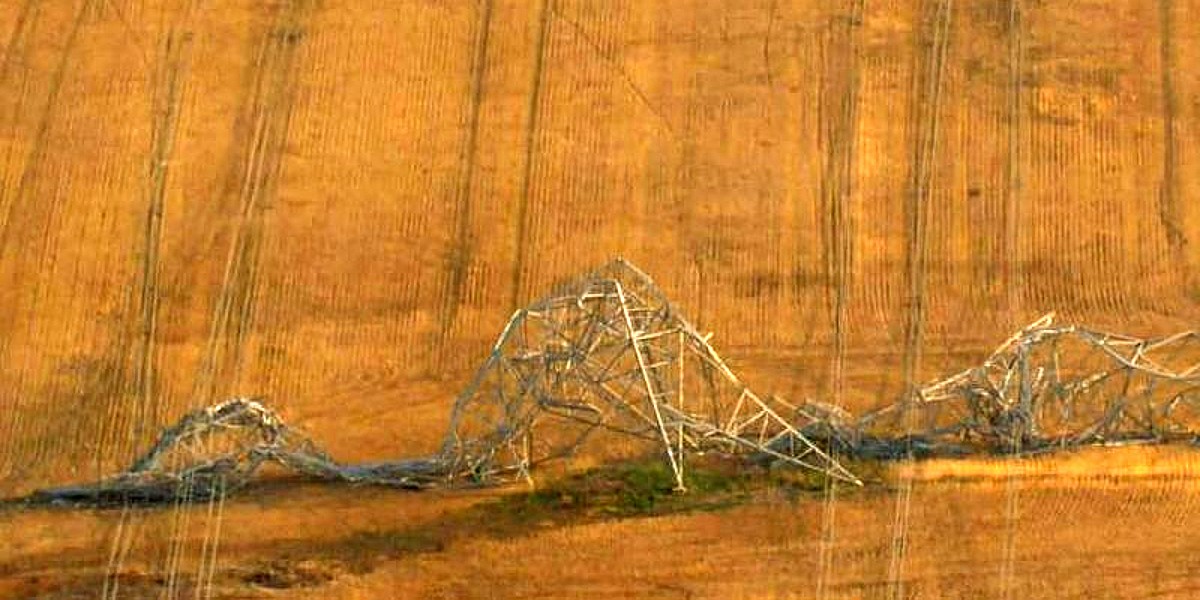The collapse of six high-tension line towers near Anakie during this week’s storms has highlighted the growing threat to Victoria’s power supplies posed by aging infrastructure.
It’s been revealed the state’s network of 13,000 pylons are riddled with rust, with one-in-seven badly affected, according to a report in The Age.
The newspaper cites a 2020 study that found the structures are becoming increasingly vulnerable to extreme weather as time passes.
More than 50 have toppled in strong winds since 1959 – 25 of them in the last 15 years.
The report by the Australian Energy Regulator said the transmission towers had an expected service life of 70 years.
The average age of Victoria’s pylons is 57 years, with more than half within a decade or less of reaching their maximum use time.
The failure of the Anakie towers on Tuesday sent a shockwaye through the electricity system that plunged more than 500,000 customers into darkness.
However Premier Jacinta Allen said the outages were not caused by tower failures, but by “localised” issues caused by fallen trees and other storm damage.
According to the Age the 2020 report said 86 per cent of the state’s towers were in good or very good condition, 12 per cent were classified as average, and 1.5 per cent were assessed as poor.
But despite the spectacular pictures, tower collapses due to extreme weather events are relatively common in Australia and around the world.
Last year alone dozens of towers fell in countries including China, Great Britain, South Africa, Ghana, India, Kenya and the United States.
Most were attributed to severe weather but some were put down to construction faults, seismic movements and even vandalism.








